Authored by Lynn Salmon-Easter, Reiki Master
Taking an Epsom salt bath is an ancient practice that can be carried into contemporary times. Epsom salt is a naturally occurring mineral that was discovered in the 17th century bubbling up from an underground spring. The mineral received its name from the town of Epsom in Surrey, England where it was first discovered. Although this mineral is called Epsom salt, it is not actually salt at all, but rather a pure mineral compound of magnesium, sulfate and oxygen. Studies have shown magnesium and sulfate are both easily absorbed through our skin—making the associated health benefits of Epsom salt accessible to all.
Epsom salt has numerous health benefits:
Magnesium plays a number of positive roles in the body such as reducing inflammation, helping to produce serotonin (a mood-elevating chemical) which creates a sense of relaxation and calm, reduces irritability by lowering the effects of adrenaline, improves sleep and concentration and helps muscles and nerves to function properly.
Sulfates help to improve the absorption of nutrients, flush toxins and heavy metals from the cells, ease muscle pain and eliminate harmful substances from the body.
When you add Epsom salt to your bathwater, your skin being a highly porous membrane, absorbs the minerals and starts a process in your body called reverse osmosis. This process in turn pulls salt from your body along with harmful toxins.
Why take an Epsom salt bath?
As a highly sensitive person (HSP) I often absorb other people’s energy. This means I absorb the good and bad energy alike. I used to be a total dabbler when it came to Epsom salt baths. I had heard all about the benefits these baths hold, but I was not able to make them a regular part of my routine. It was not until I stepped into my role as a Reiki master practitioner that I committed whole-heartedly to an Epsom salt bath ritual with regularity.
I have found the combination of Epsom salt + baking soda (added to my bath) proves to be a powerful concoction which clears my life of unwanted and negative energies. Baking soda is the ‘secret ingredient’ that cleans out lingering and negative energies from our aura and softens and smoothes our skin to boot.
My weekly Epsom salt bath ritual is simple and continues to demonstrate I am able to bring balance, harmony and clarity back into my life on a regular basis. I am now a firm believer in Epsom salt baths and I continue to recommend weekly baths to each and every client that comes through my Reiki room.
Recommendations for an Epsom salt bath:
It is best to refrain from using soaps or shampoos while soaking in an Epsom salt bath. These products may inhibit the effectiveness of the Epsom salt and baking soda. I usually soak for 20-30 minutes and then wash my hair and body right before I drain the tub.
Uh-oh, I don’t have a bathtub!
If you don’t have a bathtub in your home, no worries. You can always create an Epsom salt foot bath and experience similar results. It would be ideal to soak your entire body in a bath, but a foot bath can be a great solution when a bathtub is not available.
Recommendations for an Epsom salt foot bath:
Wellness for ALL
Epsom salt and baking soda are affordable and easily obtained at your local drugstore, grocery store or local health food store. When purchasing Epsom salt, be careful to read the package. Many brands have added fragrance which can irritate the skin or contaminate your bathwater with harmful chemicals.
References:
How to Take Epic Epsom Salt Baths
Epsom Salt Baths: An Old-School Way to Feel Better Fast?
Epsom Salt Uses & Benefits
Epsom salt has numerous health benefits:
- Eases stress and relaxes the body
- Calms the nervous system
- Relieves pain and muscle tension
- Helps muscles and nerves function properly
- Eliminates toxins from the body
Magnesium plays a number of positive roles in the body such as reducing inflammation, helping to produce serotonin (a mood-elevating chemical) which creates a sense of relaxation and calm, reduces irritability by lowering the effects of adrenaline, improves sleep and concentration and helps muscles and nerves to function properly.
Sulfates help to improve the absorption of nutrients, flush toxins and heavy metals from the cells, ease muscle pain and eliminate harmful substances from the body.
When you add Epsom salt to your bathwater, your skin being a highly porous membrane, absorbs the minerals and starts a process in your body called reverse osmosis. This process in turn pulls salt from your body along with harmful toxins.
Why take an Epsom salt bath?
As a highly sensitive person (HSP) I often absorb other people’s energy. This means I absorb the good and bad energy alike. I used to be a total dabbler when it came to Epsom salt baths. I had heard all about the benefits these baths hold, but I was not able to make them a regular part of my routine. It was not until I stepped into my role as a Reiki master practitioner that I committed whole-heartedly to an Epsom salt bath ritual with regularity.
I have found the combination of Epsom salt + baking soda (added to my bath) proves to be a powerful concoction which clears my life of unwanted and negative energies. Baking soda is the ‘secret ingredient’ that cleans out lingering and negative energies from our aura and softens and smoothes our skin to boot.
My weekly Epsom salt bath ritual is simple and continues to demonstrate I am able to bring balance, harmony and clarity back into my life on a regular basis. I am now a firm believer in Epsom salt baths and I continue to recommend weekly baths to each and every client that comes through my Reiki room.
Recommendations for an Epsom salt bath:
- First things first. Clean your tub! Nothing ruins a relaxing bath like floating lint or hair (yuck!!).
- Fill the tub with water. The temperature of the water can range from warm to hot depending on what you desire
- Add 2-3 cups of Epsom salt + 1 cup baking soda to the bathwater
- Give the water a swirl to mix in the Epsom salt and baking soda
- Soak for a minimum of 20 minutes. Stay longer if desired.
It is best to refrain from using soaps or shampoos while soaking in an Epsom salt bath. These products may inhibit the effectiveness of the Epsom salt and baking soda. I usually soak for 20-30 minutes and then wash my hair and body right before I drain the tub.
Uh-oh, I don’t have a bathtub!
If you don’t have a bathtub in your home, no worries. You can always create an Epsom salt foot bath and experience similar results. It would be ideal to soak your entire body in a bath, but a foot bath can be a great solution when a bathtub is not available.
Recommendations for an Epsom salt foot bath:
- Obtain a small basin
- Fill basin half full with warm or hot water depending on your desires
- Add 1/2-1 cup Epsom salt + 1/4 cup baking soda to the water
- Soak for a minimum of 15 minutes or longer if desired
Wellness for ALL
Epsom salt and baking soda are affordable and easily obtained at your local drugstore, grocery store or local health food store. When purchasing Epsom salt, be careful to read the package. Many brands have added fragrance which can irritate the skin or contaminate your bathwater with harmful chemicals.
References:
How to Take Epic Epsom Salt Baths
Epsom Salt Baths: An Old-School Way to Feel Better Fast?
Epsom Salt Uses & Benefits
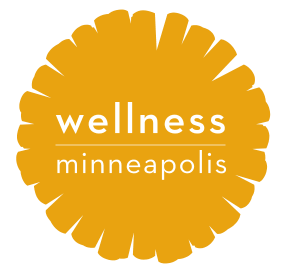
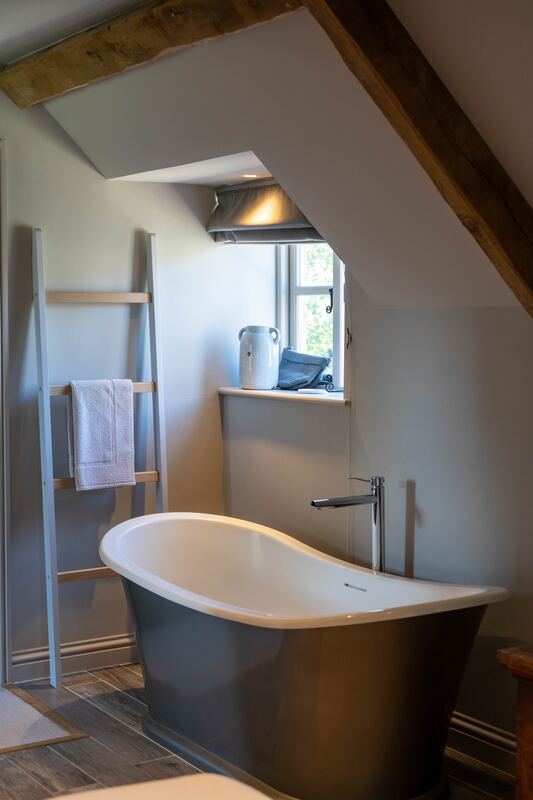
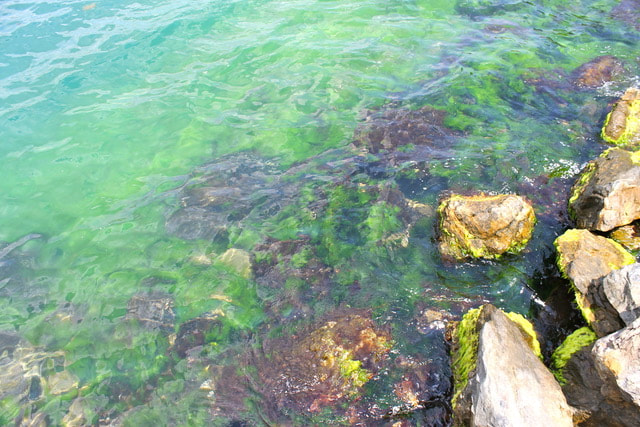
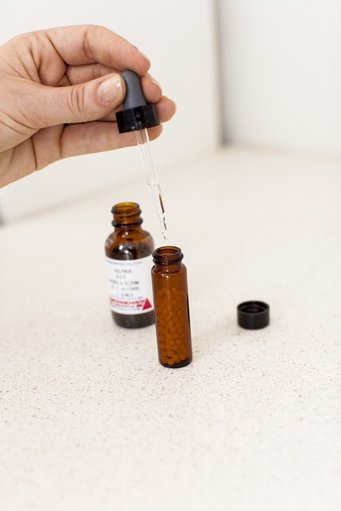

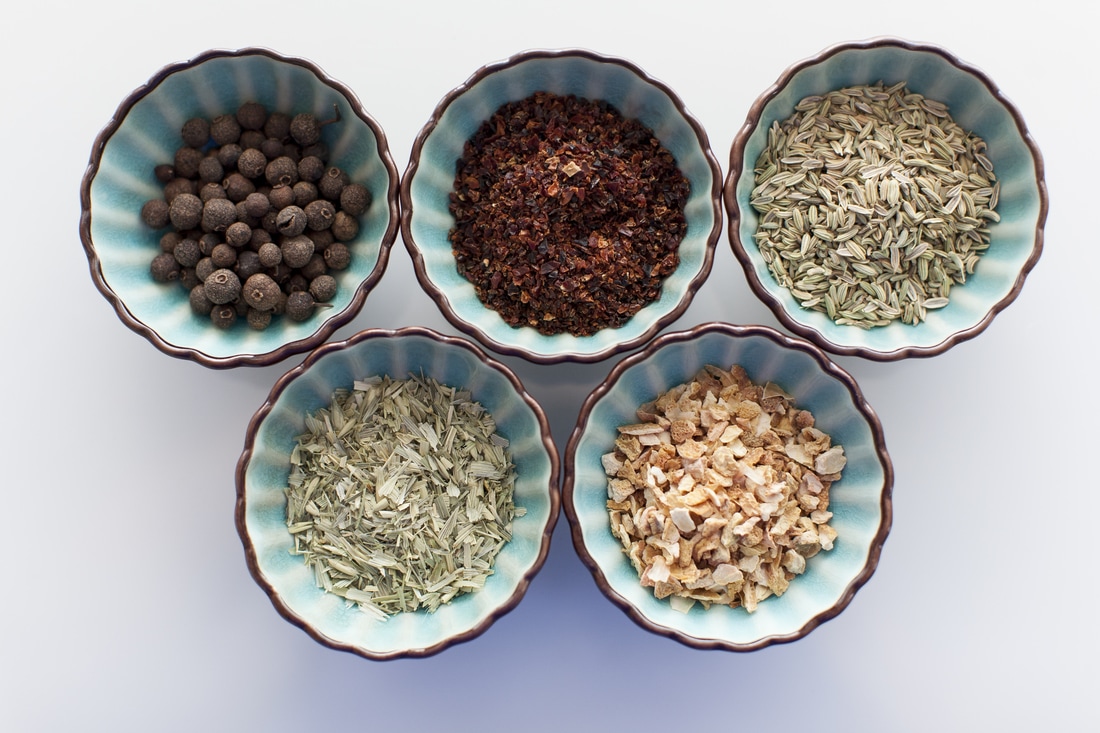
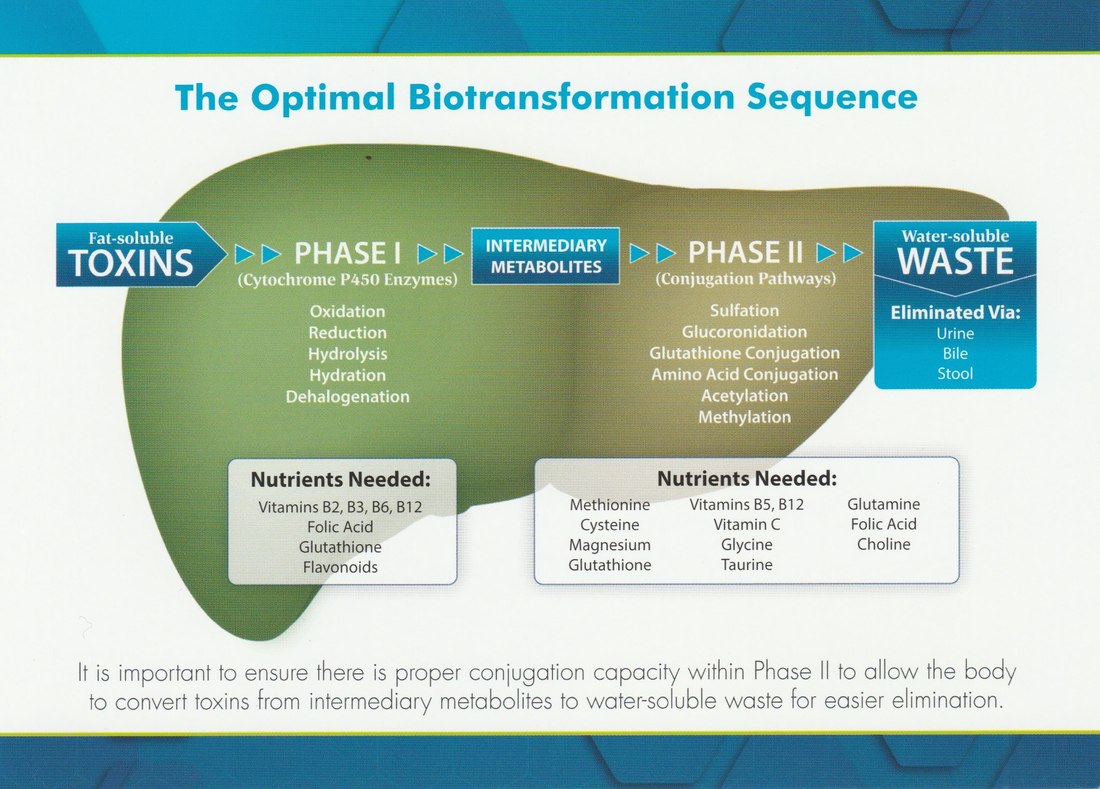

 RSS Feed
RSS Feed